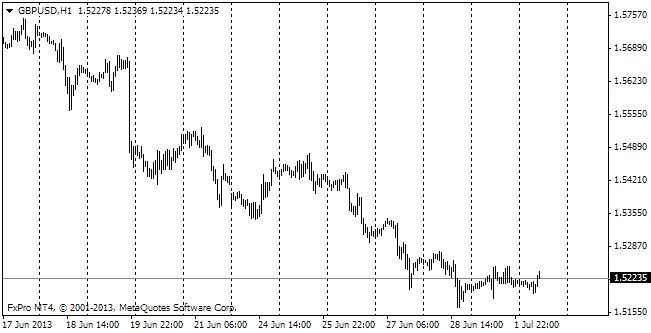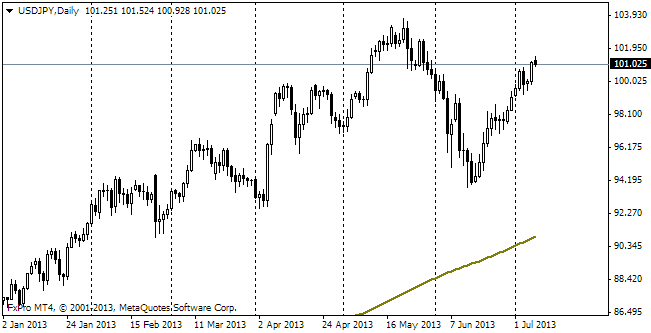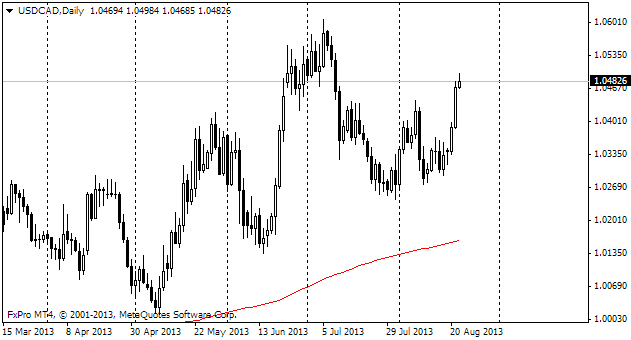EUR/usd
The single currency frayed traders' nerves a lot yesterday. Its initial decline from 1.3540 to 1.3501 for about an hour was recouped by the reverse growth and closing at 1.3660.The ECB cut all the three rates, making the bank deposit rate negative. So what aroused purchasing of the single currency again? First of all, the demand for risky assets, provoked by the rate decrease. After all, it often supports the single currency. Then it is a correction of the forward guidance, which now states that the rates won't be reduced again. It was expected that the ECB would also take other measures to stimulate lending. The latter were received, but with certain respites. The new type of long-term loans won't be issued soon, approximately between September and December for the 4-year term. But this money shouldn't be channeled to issue loans to the financial sector or the real estate market. It's surprising as the signs of bubble formation in the real estate market are observed only in Germany. As to all the other countries, they would probably be glad to get help with the recovery of this sector. Also the ECB refused to sterilize liquidity after its weekly auctions. In theory it should contribute to extension of the ECB's balance. However, it should be understood that the LTRO loans issued earlier by the ECB at higher interest, will return to that very ECB at a higher pace to create an opportunity to take new TLTRO at lower interest. And this is already a factor, which will contribute to reduction of the euro liquidity in the markets in the coming months. But let's leave the euro behind. Today we have payrolls on the agenda, at the beginning of the week they were expected to show growth by 220K. Now these expectations should be lowered in view of the poor ADP data (179 instead of 217) and also yesterday's unemployment claims (312 against the expected 309 and the preceding 304). It means that the actual data, meeting the initial forecasts, can significantly strengthen the dollar, dispersing the fresh moderate expectations.
GBP/USD
The British pound is getting stronger. The dollar's weakness in the afternoon helped the cable reach and exceed 1.6800. Though we doubt that this level will hold out today, anyway we can't but do justice to the sterling. It is deservedly stronger than the euro as no one in the BOE speaks about the need for the policy easing. On the contrary, many traders believe that the BOE will raise the rates much earlier than the Fed.

USD/JPY
The yen is stuck in its range. Above 102.70 it provoked profit taking in the middle of the week and yesterday it started falling down to the middle of the 101.30-102.70 range. Trading is now held close to 102.30, but if the pair is pushed down to 102, we will probably see decline to the lower part of the range.

USD/CAD
Well, USD/CAD is probably the most volatile pair today. Together with the US employment data Canada releases its domestic statistics. Here we expect recovery after the decline a month ago. If it doesn't happen, we can easily consider purchasing of the pair in the coming few months.
